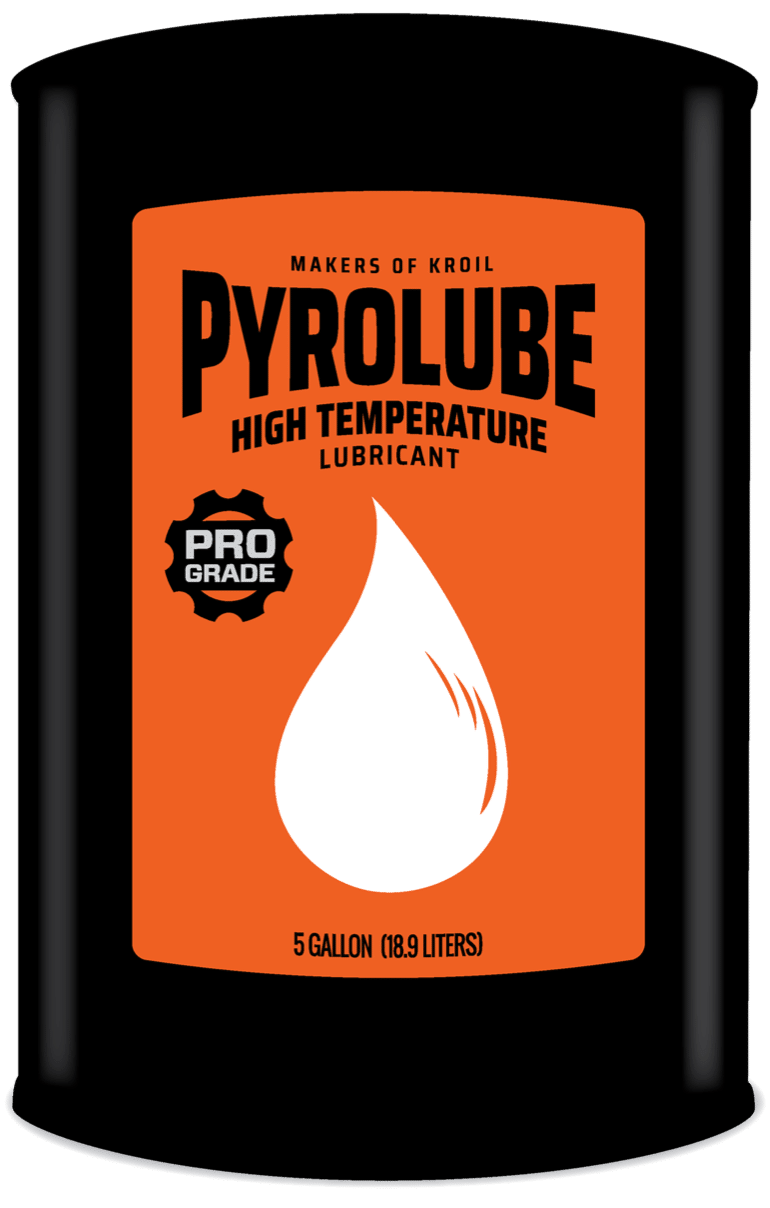From squeaky door hinges to heavy-duty machinery, friction is an everyday challenge. That’s where smooth, consistent performance becomes essential—and the right solution can make all the difference. But not all formulas are created equal. What works for a bicycle chain or kitchen drawer may fall short on a factory floor, and vice versa. While they may look similar on the surface, everyday and industrial-grade products serve very different purposes. Understanding the distinctions between the two is more than a matter of technicality. It’s about ensuring equipment lasts longer, performs better, and avoids premature wear or failure. Whether you’re maintaining home appliances or managing complex mechanical systems, knowing what to use—and when—can save time, money, and frustration.
Built for Different Jobs
Household products are designed for convenience and versatility. They’re great for small fixes, quick applications, and occasional use around the home. From easing stiff locks to silencing cabinet doors, these solutions provide short-term relief and are generally safe to use on a variety of materials. They’re also easy to apply, often with built-in spray nozzles or precision tips, and they’re formulated to be low odor, clean, and user-friendly. Industrial lubricant, on the other hand, are built for endurance. They must stand up to extreme temperatures, high pressures, heavy loads, and constant motion. These are the solutions used in manufacturing, construction, agriculture, and transportation—where equipment must run reliably for hours or days without stopping. Here, performance is measured not just in ease of use but in durability, resistance to breakdown, and protection against corrosion, dust, and water intrusion. The key difference lies in the demands each product is expected to meet. Home fixes may require quick penetration and short-term slickness, while machinery in a warehouse needs a film that can cling, cushion, and protect under stress. What’s acceptable for light-duty use often can’t handle the rigors of professional environments.
Composition and Performance Expectations
The ingredients used in home-grade products are typically designed to evaporate quickly or leave minimal residue. That’s helpful when dealing with items like door knobs or drawer slides, where lingering mess could attract dirt or interfere with finishes. These lighter formulas are often silicone or oil-based, delivering fast action and minimal cleanup. Meanwhile, industrial lubricant often include complex additives such as anti-wear agents, extreme pressure modifiers, or anti-oxidation compounds. These ingredients work together to provide lasting coverage, reduce internal damage, and keep parts running smoothly over long periods, even in dusty, dirty, or wet conditions. Another key difference is temperature tolerance. Many home-use options break down at moderate heat levels, which isn’t an issue for a squeaky fan or window track. But in factories or engine bays, surfaces can reach extreme temperatures. High-performance solutions are engineered to maintain their protective layer in these harsh conditions, ensuring stability and function where failure isn’t an option.
Application Matters
Using the wrong product in the wrong setting can lead to more harm than good. Applying a household formula to a high-speed machine may offer temporary slickness but fail to provide lasting protection. That can lead to overheating, increased friction, and eventually breakdown. Conversely, using the best metal lubricant where it’s not needed—like on a bicycle or garden gate—can result in unnecessary mess, difficulty in cleanup, or material staining. That’s why it’s important to match the solution to the task. For general household maintenance, look for products labeled for multi-surface use, with easy spray or wipe-on application. These work well on tools, hinges, chains, and general hardware. For heavier-duty needs, such as those involving moving parts under pressure or prolonged cycles of heat and stress, a more robust formula is essential. These are typically applied using specialized equipment or under controlled conditions to ensure even coverage and maximum effectiveness. Professionals often follow detailed maintenance schedules, including routine checks and reapplication based on operating hours or performance metrics. Even in smaller workshops or farms, taking a similar approach—choosing the right product and reapplying as needed—can extend the life of expensive equipment and prevent unexpected downtime.
Choosing the Right Solution for Long-Term Value
The decision isn’t just about fixing what squeaks—it’s about getting the best long-term results. For homeowners and DIYers, sticking with trusted, flexible products ensures minor issues stay minor. For professionals, reliability and resilience are top priorities. Selecting a solution that meets industry standards helps protect machinery, reduce wear, and boost productivity. In both cases, maintenance is key. A single application may solve the problem for now, but consistent care ensures the fix holds. That includes cleaning surfaces before applying, storing products correctly, and monitoring signs of wear over time. A well-chosen solution does more than reduce friction. It safeguards performance, minimizes risk, and saves money over time by preventing the need for costly repairs or early replacement. Whether you’re tightening a bolt or servicing a conveyor belt, the right product is a smart investment in both performance and peace of mind.
While they may share a common purpose, everyday and the best metal lubricant are worlds apart in terms of strength, longevity, and application. Knowing the difference helps you protect your equipment, work more efficiently, and avoid costly mistakes. With the right product in hand, maintenance becomes not just easier—but far more effective. And in any setting, that leads to smoother operation and stronger results.

